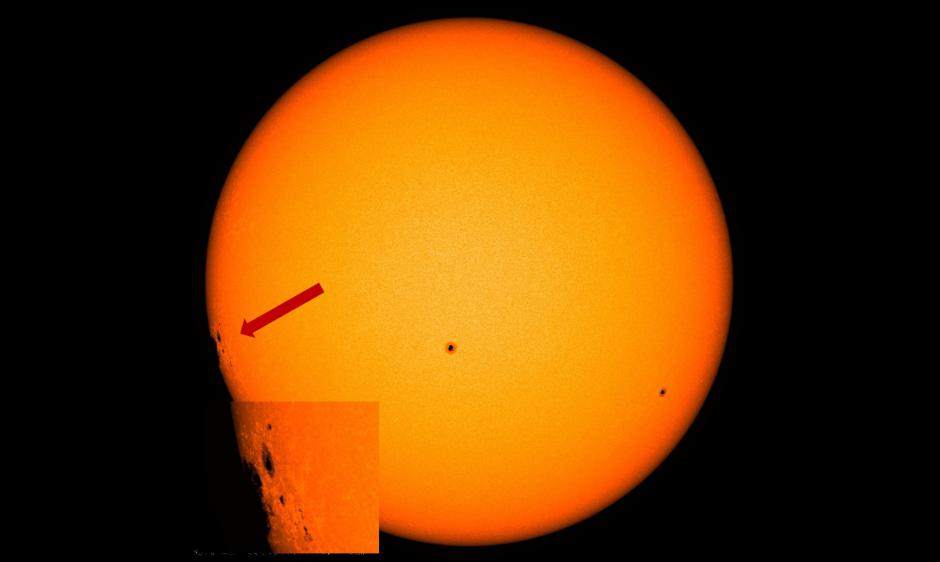
The active region (or complex of regions) believed responsible for a handful of M-class solar flares (also known as R1 -Minor Radio Blackouts), as well a few far-side (non-Earth directed) coronal mass ejections (CMEs) over the past few days, is now rotating into view on the solar disk (from Earth's perspective).
Last rotation, about 27 days ago, Active Regions 2171, 2172, and 2173 were in the similar location and produced some minor activity. Over the next few days, the region(s) will move more into position allowing better determination of whether there is risk for more significant activity, or not. It will take approximately 13.5 days for these spots to transit across the solar disk. Stay tuned here for more details.